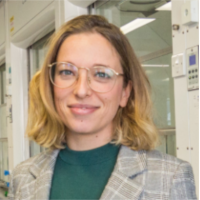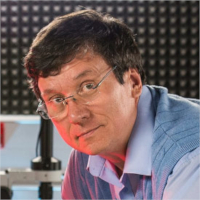Dr Nuria Tapia-Ruiz
Project Leader, WP 1.2 Leader, WP 1.1
My research interests focus on fundamental chemistry aspects of materials for energy storage, particularly for lithium-ion and sodium-ion battery technologies. By developing a profound understanding of the physical and chemical nature of the materials of study, specific material tailoring can be done to enhance the material electrochemical performance. We make wide use of diffraction and spectroscopic techniques to characterise our materials. This involves regular trips to central facilities outside Lancaster; e.g. Diamond synchrotron and ISIS neutron spallation source @ Oxford and ESRF @ Grenoble (France). The structural characterisation is done in parallel with battery testing, which is performed in state-of-the-art facilities in our brand new Chemistry Department. Our long-term mission is to fabricate a new generation of batteries which will outperform the existing ones to deliver higher energy density, cheaper, safer and longer-lasting.
Dr John Griffin
Training Champion, WP 1.2
My research interests concern the study of structure and mechanisms in materials – in particular those with energy storage or conversion applications. One of the key tools I use for this is solid-state nuclear magnetic resonance (NMR) spectroscopy, a powerful analytical technique that can provide detailed information about atomic-scale structure, disorder and dynamics.
Most of my research has involved developing and applying NMR experiments to study materials and combining this with insight from computational calculations. In this way, it is often possible to get access to information that is very difficult to obtain from other experimental approaches.
Prof Oleg Kolosov
WP 2
Modern nano-materials and devices achieve their impressive performance by relying on clever design and a fine balance of micro- and nano-mechanical properties. Arguably, it is the mechanical properties that are the major single factor determining performance of any material or operation of a device. On the nanometre length scale, yet another very significant physical dimension comes into play – temporal (or “time domain”) behaviour of devices or materials. The examples of fast nanoscale physical phenomena range from magnetic or ferroelectric domains switching to lubrication in the hard drive, heat transfer in nanostructures, and functioning of MEMS (micro-electro-mechanical) and QEMS (quantum nano-electro-mechanical) systems.
We in our group explore these fascinating features of nature around us (and inside us!), and related physical, chemical and biological phenomena and hope you will share with us the fascination of these discoveries.





